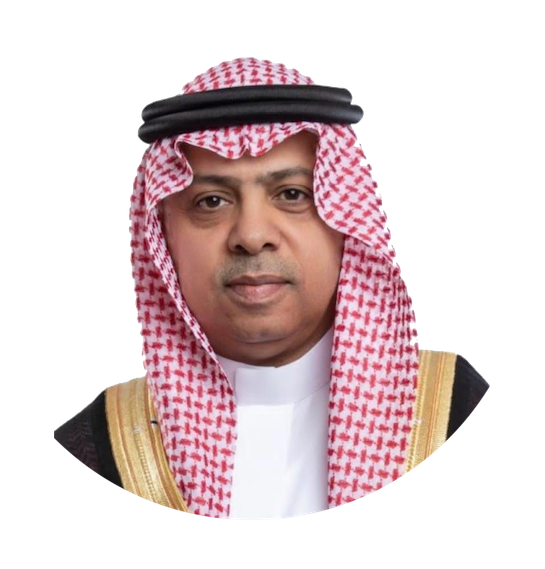
General Authority of Civil Aviation President Abdulaziz Al-Duailj
An “EASA for the Middle East and North Africa” has been launched with the intention of monitoring and improving safety oversight of civil aviation in the region, based on the European Union Aviation Safety Agency (EASA).
Coordinated by the Middle East Regional Office of the International Civil Aviation Organization (ICAO) and the Arab Civil Aviation Organization, the Regional Safety Oversight Organization for the Middle East and North Africa (MENA RSOO) was launched formally in Riyadh, Saudi Arabia, on Dec. 6, following five years of preparation.
Saudi Arabia was appointed as the inaugural chair and host of the organization as part of the 15th ICAO Air Services Negotiation event hosted by the country’s aviation regulator, the General Authority of Civil Aviation (GACA).
MENA RSOO’s primary aim will be to assist its member states to develop and implement their State Safety Programs and provide assistance to enhance their safety oversight capabilities.
Perhaps significantly, apart from Saudi Arabia, six of the other seven members that signed the memorandum of understanding establishing MENA RSOO—Libya, Mauritania, Palestine, Somalia, Sudan, and Yemen—are experiencing strife within their borders. The seventh nation, Djibouti, borders lawless Somalia.
MENA RSOO will be based in Riyadh. “The establishment of MENA RSOO is a milestone for all member states and a testament to our collective commitment to aviation safety, quality, efficiency, and our region’s place in the global aviation community,” says GACA President Abdulaziz Al-Duailj. He is the first chairman of MENA RSOO.
To help members improve their oversight activities, MENA RSOO plans to promote the harmonization of aviation regulations and develop guidance material, pool surveillance capabilities, provide training to boost expertise and capacity development, and undertake advisory work to support the implementation of aviation safety programs.
Quoted in Saudi Arabia’s Arab News newspaper, Al-Duailj said ICAO wanted to see unified safety standards and the integration of technology throughout the civil aviation industry, especially regarding the design of aircraft engines, autonomous control, remotely piloted service aircraft, personal transportation via air taxis, and the overall performance of the air traffic network.
“It also aims to assist members in strengthening and raising the legislative and supervisory capabilities of their national air safety systems, enabling them to achieve higher levels of compliance with international rules and recommendations,” Al-Duailj added.
“Aviation is a critical driver of economic growth and connectivity, and the safety of our skies is paramount,” ICAO Council President Salvatore Sciacchitano noted. “Aviation is an industry that knows no borders, and safety is a shared responsibility that requires a collective effort.”
Sciacchitano further explained: “The establishment of Regional Safety Oversight Organizations across the world is one of the key elements of ICAO’s efforts to harmonize safety oversight practices, develop effective state safety programs, promote information-sharing, and build a robust framework for continuous improvement.”





